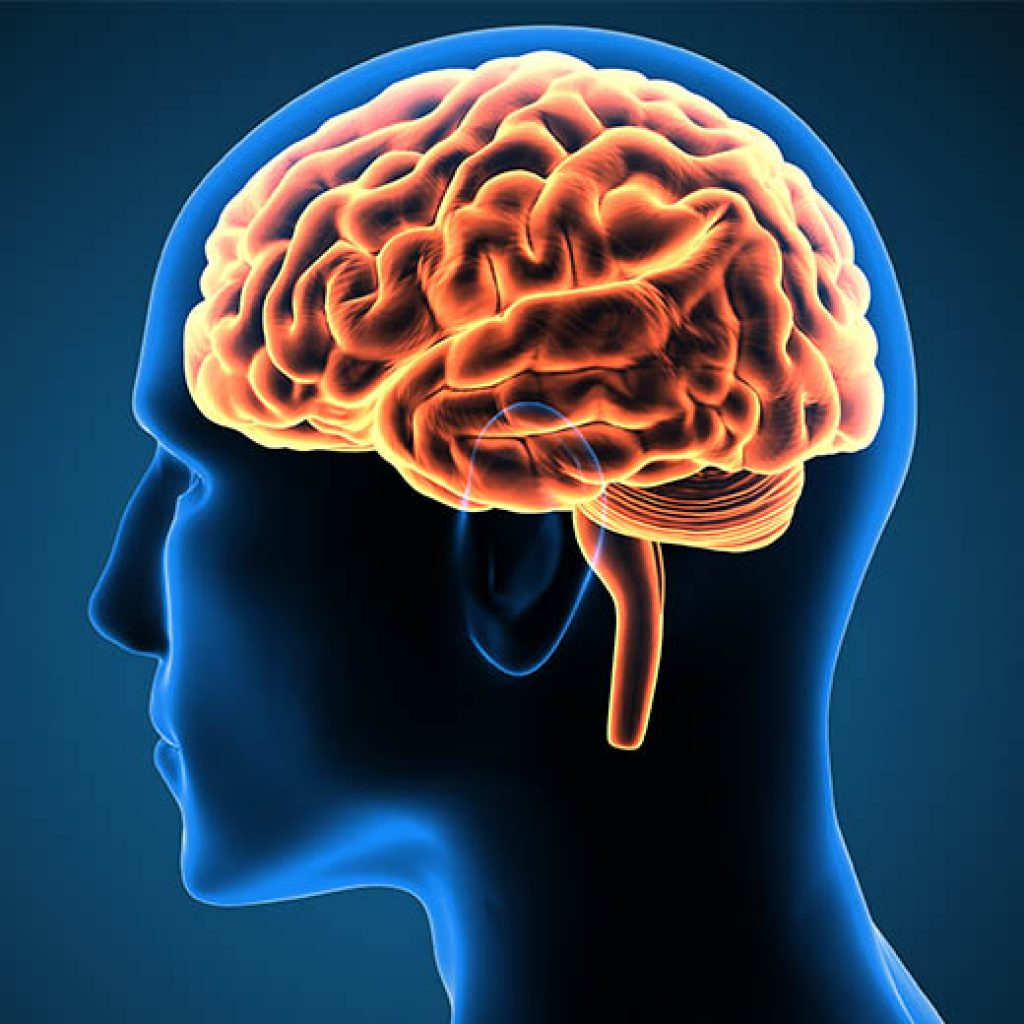As the liver begins to fail, toxins such as ammonia accumulate in the blood. This can lead to brain damage.1,2 Ammonia is mainly a by-product of protein breakdown.3
Why does ammonia accumulate?
As liver disease progresses, healthy cells are destroyed and replaced by scar tissue. The scarring in cirrhosis greatly reduces the metabolic performance of the liver, which means the normal breakdown of toxins can no longer adequately take place.4 As a result, toxins like ammonia, accumulate in the blood and circulate around the whole body.2
Monitoring ammonia levels
Ammonia, also known as NH3, is a waste product made by your body during the digestion of protein. Normally, ammonia is processed in the liver, where it is changed into another waste product called urea. Urea is passed through the body in urine.5
If this process is impaired, ammonia accumulates in the blood. In cases of cirrhosis, the liver’s capacity to detoxify ammonia can be significantly reduced.3
If your body can’t process or eliminate ammonia, it builds up in the bloodstream. High ammonia levels in the blood can lead to serious health problems, including brain damage, coma, and even death.6
Find out more about how ammonia affects the brain on our page about hepatic encephalopathy. Hepatic encephalopathy is a late complication of cirrhosis and marks a very advanced stage of the disease.4
Hepatic encephalopathy due to high blood ammonia levels
Nearly 70% of people with cirrhosis develop hepatic encephalopathy (HE). It is a serious complication of cirrhosis that is associated with a high mortality rate: if a person is hospitalized with hepatic encephalopathy, they have a 23% chance of surviving for 3 years.6
Hepatic encephalopathy can cause both physical and mental impairments. There may be periods of memory loss, mood swings, confusion, impaired fine motor skills or slurred speech.2 In severe cases, it can lead to coma and ultimately death.6 HE is diagnosed using psychometric and neurological tests. Blood ammonia levels are not reliable for detecting HE or determining its stage.7
Depending on the severity of the symptoms, HE is divided into different grades. These grades are defined by West Haven classification system.8
Grades of the West Haven Classification System
Grade 0
- No significant changes in personality or behavior
- Minimal changes in concentration, memory, coordination and intellectual function, and coordination
- No tremor
Grade 1
- Mild lack of awareness
- Decreased attention span and impaired ability to perform mental tasks, such as addition or subtraction
Sleep problems, including increased sleepiness, insomnia, and feeling awake at night but sleeping in the day - Feelings of euphoria, depression and irritability
- Mild confusion
Grade 2
- Tiredness, drowsiness and general lack of enthusiasm or interest
- Disorientation, usually regarding the time
- Inappropriate behavior and personality changes
- Slurred speech
- Hand tremor
- Significantly decreased ability to perform mental tasks
Grade 3
- Abnormally drowsy, but still can be woken up
- Unable to perform mental tasks
- Disorientation about time and place, significant confusion and amnesia
- Outbursts of rage
- Incomprehensible speech
Grade 4
- Coma
- There may or may not be a response to a painful stimulus
Reducing blood ammonia levels
If a person is experiencing an acute or sudden episode of hepatic encephalopathy, possible triggers for the episode must first be identified and treated.7 The initial treatment for an acute episode of HE is usually lactulose,7 which is a laxative that helps cleanse the bowel and prevents the absorption of ammonia into the blood.9
There are other medications that can be used to treat hepatic encephalopathy.7 Your healthcare professionals will be best placed to advise you and provide appropriate treatment based on your specific needs, so if you would like to discuss your options, don’t hesitate to reach out to them.

Additional Information
References:
- Bosoi CR, Rose CF. Identifying the direct effects of ammonia on the brain. Metab Brain Dis. 2009 Mar;24(1):95-102. doi: 10.1007/s11011-008-9112-7.
- MedlinePlus Team. US National Library of Medicine. Loss of Brain Function – Liver Disease. Available at: https://medlineplus.gov/ency/article/000302.htm#. Last accessed: October 2020
- Damink SWM, et al. Interorgan ammonia trafficking in liver disease. Metabolic Brain Disease. 2009;24:169–181
- Ascher et al. UCSF Department of Surgery. End Stage Liver Disease (ESLD). Available at: https://surgery.ucsf.edu/conditions–procedures/end-stage-liver-disease-(esld).aspx Last accessed: October 2020
- Ammonia Levels. Medline Plus. Available at: https://medlineplus.gov/lab-tests/ammonia-levels/. Last accessed December 2020.
- Wolf D. Medscape. Hepatic Encephalopathy. Available at: https://emedicine.medscape.com/article/186101-overview. Last accessed: October 2020
- EASL Guidelines
- Wolf D. Medscape. Clinical Features of Hepatic Encephalopathy. Available at: https://emedicine.medscape.com/article/186101-overview#a3. Last accessed: October 2020
- Duphalac 3.335 g/5 ml Oral Solution. Summary of Product Characteristics. Available at: https://www.medicines.org.uk/emc/product/5525/smpc. Last accessed December 2020.
May 2021. GL-HEP-XIF-2000181




